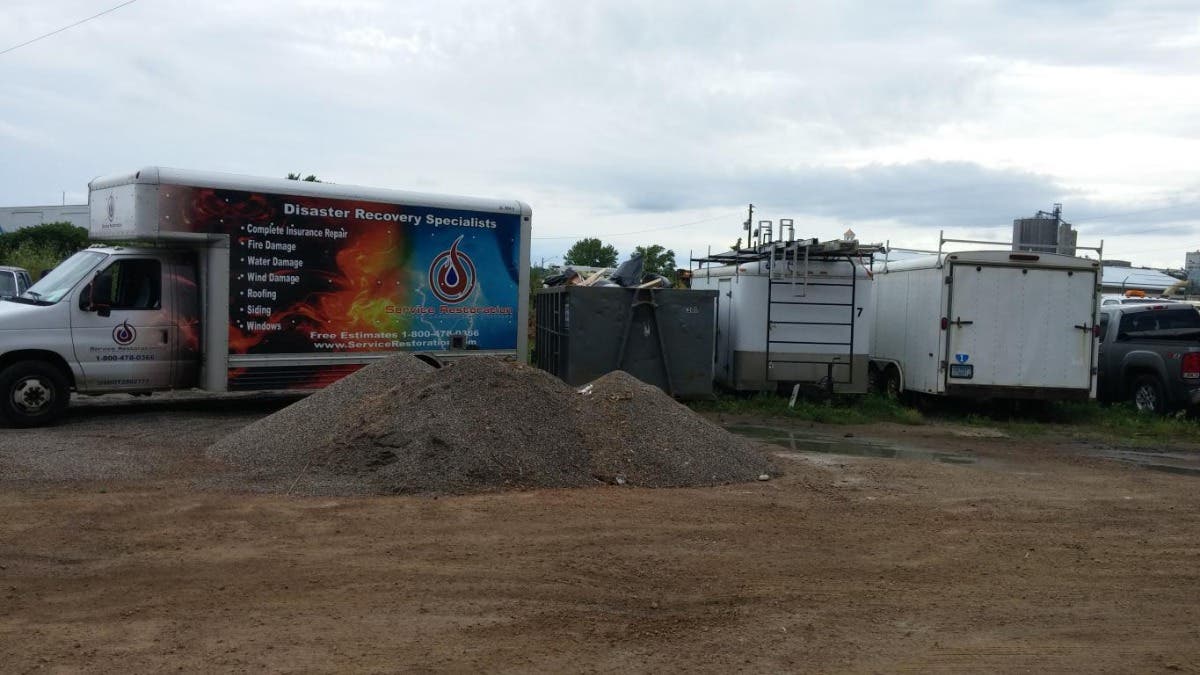Eden Prairie, MN|Local Classified|Announcement|
Water Mitigation - The Complete Guide

Mitigation is defined as the reduction of property loss due to disasters. Water mitigation is the process of properly cleaning, drying, repairing, and restoring the property to pre-water damage conditions. Water damage cleanup is not an easy task. Each property and every water damage situation are unique. This means that you will need a customized plan of action to complete the mitigation process.
Assess the Situation
Assessment is the first step to mitigation. It is important to determine the cause of the water damage and, if necessary, make repairs to avoid further damage. Water damage can occur quickly and can be severe, such as in the event of natural disasters or a burst pipe. However, it can also happen slowly over a long period of time. Water damage can be caused by leaky plumbing, roofs, and other water entry points.
It is also important to determine the type of water damage. Different types of disasters require different water mitigation techniques. Depending on the severity of the contaminants in the water, water damage can be classified as either white, grey, or black. Anybody or animal that is exposed to grey or black water can have serious health consequences. It can be difficult to determine the type of basement water damage. You may need to consult a professional to help you mitigate standing water or water damage.
Make a Plan of Action
After assessing the situation, the next step will be to decide on a course to remove water and moisture. First, remove any standing water. To professionally remove standing water, industrial extractors, wood flooring drying systems, subfloor drying systems, and air movers can be used.
Get Dried Out
After the standing water has been removed from the structure, it is necessary to eliminate any moisture remaining in the air. Vital Restoration uses desiccant drying, freeze-drying, industrial-strength dryers, and blowers to eliminate any remaining moisture and mold-friendly environments.
These techniques can also be used to dry sensitive materials such as books, papers, archives, carpets, and even rugs.
Bring your property back to life
The final step in mitigation is to clean up and restore the structure. Water is often the most important concern in flood damage. The most affected property is often its structure. To ensure that the property is safe and in good condition, structural damage caused by contaminated water must be properly cleaned and restored.
After the property has been completely dried and sanitized you can begin the restoration process. This includes the restoration and replacement of ceilings, floors, walls, and floors. Carpets and carpet pads might need to be cleaned, dyed or stretched, or replaced.
Water mitigation in Eden Prairie, MN
Water mitigation is a process that minimizes water damage. It is the first step of a plan to restore a property back to its pre-loss condition following a water-related disaster.
It is important that you remember that mold growth can be worsened if you wait to take water mitigation steps after a disaster. You should have an emergency plan for flooding situations in place and call professionals immediately if you need to.
Service Restoration has a whole team that is trained in disaster repair. Our water mitigation specialist can assist you with all water-related questions. We also provide documentation for your agent. We can assist you with any water damage incident. We are available to help you with any water damage event.
Contact
Service Restoration
18011 Pioneer Trail,
Eden Prairie, MN 55347
(952) 522-8100